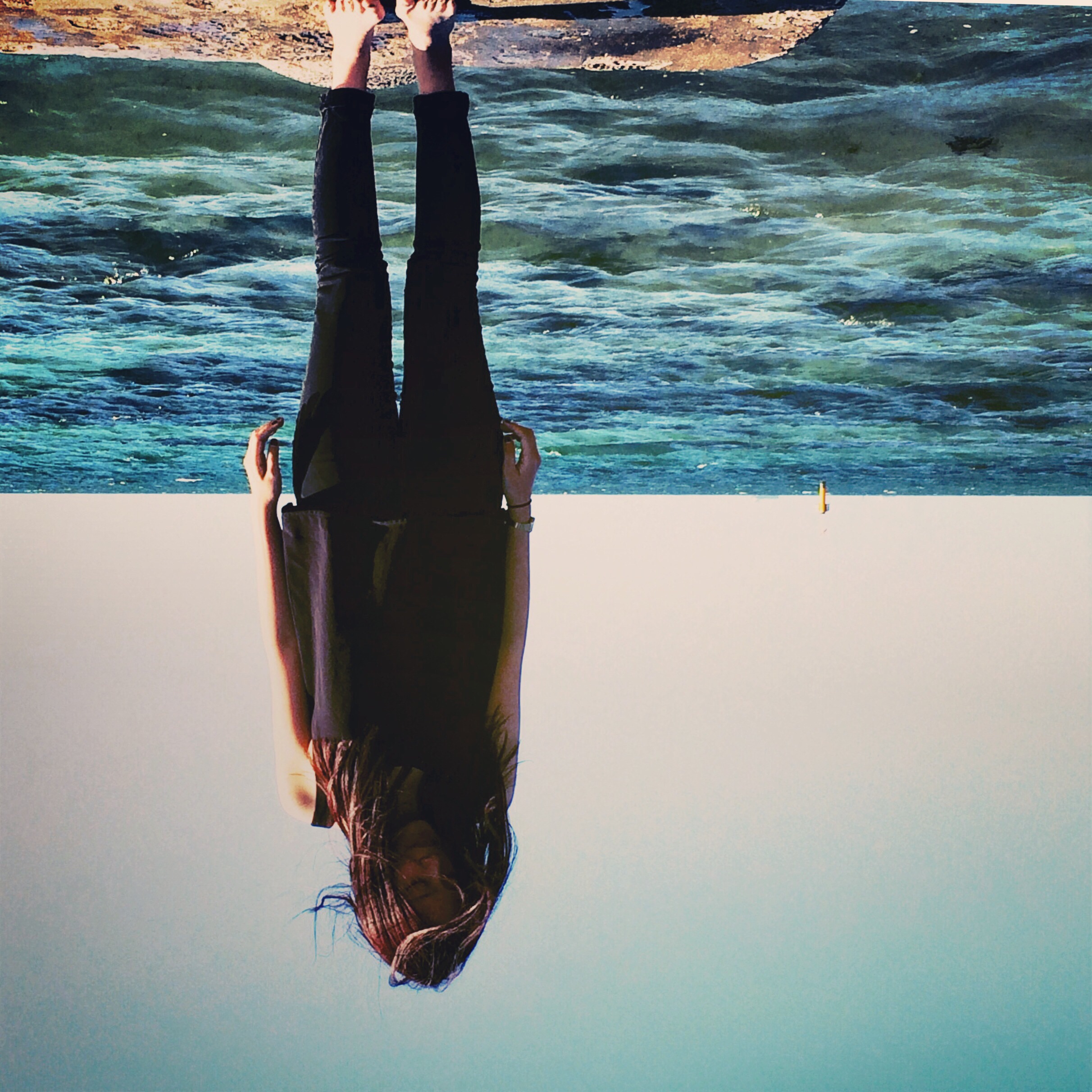Narratives in photography
It’s interesting to explore narratives in different media and how its work for each medium. Due to the nature of the media (photography, cinema, radio, comic strip,etc) and the technologies, the narrative form is slightly different for each one.
I never thought of such thing like narrative in photography, especially singular photos. Just in a frozen moment of time, a story is told from camera angle, the subject, the acting, the lighting, the exposure. Every single technical part of the photo contributes to the overall narrative of what the photo wants to tell, creates a mood, sends a message.
The influences of computer culture
Contemporary Hollywood cinema is mostly produced by huge conglomerate companies with interests in the spin-off computer games, music tracks, clothes, videos, CDs which their films may help to market.
The narratives of the blockbuster movies now also can be developed to become a money earning tool with by-products like games, books, music tracks, clothes and literally everything they can think of. The idea of how the producers utilises the plot to make other things excites me so much. Just think of how powerful the computer culture is.

